
Your keyboard should be yours alone, but hidden keyloggers can secretly record everything you type. Hackers use them to steal passwords, banking details, and private conversations without you noticing. These threats often go undetected, making everyday devices vulnerable. So, protect your information before it’s too late. Here’s how.
Check Task Manager For Unknown Processes

Behind the scenes, keyloggers can sneak in and quietly operate under vague names. To uncover suspicious activity, open Windows Task Manager and review running processes—anything consuming extra memory or CPU deserves a closer look. Before shutting down an unfamiliar process, search its name online to determine if it’s legitimate.
Run A Full Antivirus Scan
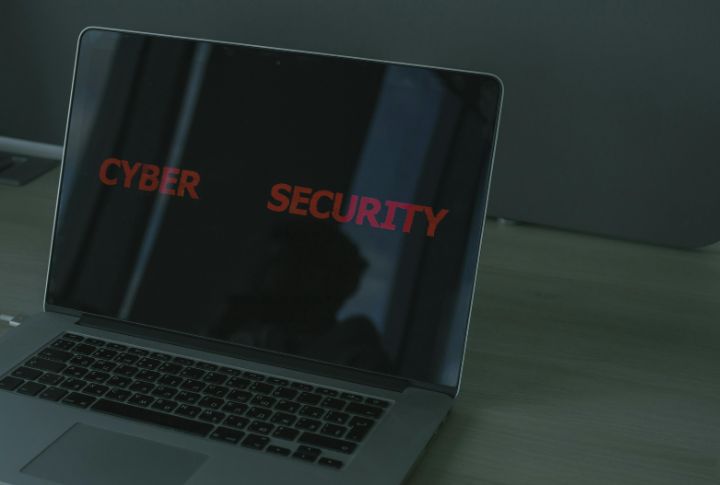
Antivirus software is designed to catch hidden threats. Run a full scan to help detect sneaky programs recording your keystrokes. To stay ahead, schedule weekly scans so potential threats are caught before causing harm. Many users rely on quick scans, but full scans dive deeper to uncover hidden files.
Use Anti-Keylogger Tools

Beyond standard antivirus protection, some security programs specialize in blocking keyloggers more effectively. Tools like SpyShelter and Zemana AntiLogger monitor your typing and flag unwanted recording attempts. It’s a common misconception that regular antivirus software handles everything, but specialized tools provide additional protection.
Inspect Installed Programs Manually

Keyloggers can appear under obscure names among your installed programs, making them difficult to spot. Check your installed programs for anything unfamiliar, especially software with no publisher name or a recent install date. As cyber threats evolve, hackers will continue finding new ways to disguise keyloggers, so constant vigilance is necessary.
Review Startup Programs And Services
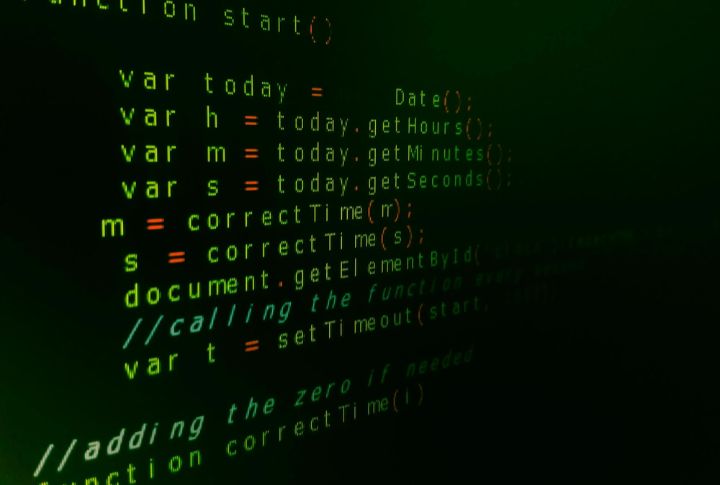
Did you know some keyloggers start running as soon as your computer boots up? To prevent this, review your startup programs using MSConfig (Windows) or Login Items (Mac). Suspicious auto-launch entries could indicate hidden surveillance tools. So, keep your startup list clean and only allow trusted programs to launch automatically.
Look For Unusual Internet Traffic
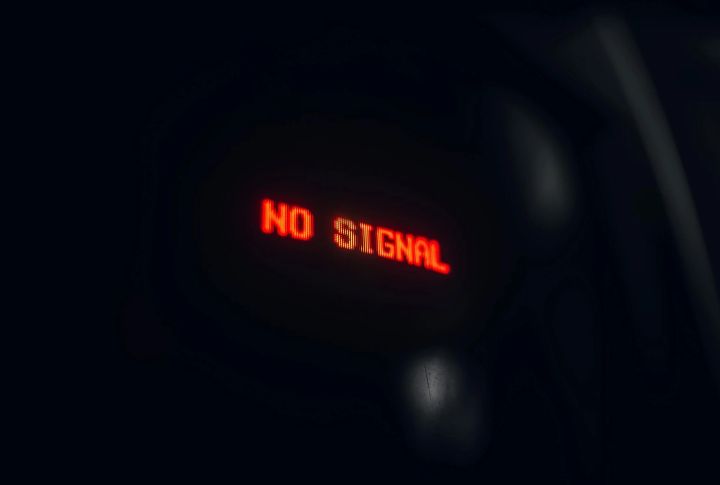
Keyloggers don’t just record your keystrokes—they send that data elsewhere. As a result, a sudden spike in network activity while your computer is idle may signal stolen information being transmitted. If a process is unexpectedly sending large amounts of data, it’s important to act fast and verify its legitimacy.
Watch For Random System Glitches
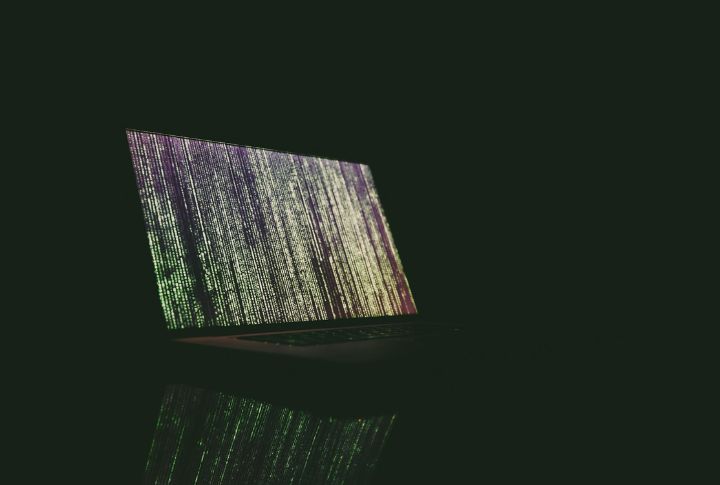
If your computer suddenly slows down, freezes, or acts erratically, it could be a sign of unauthorized tracking software running in the background. Frequent crashes or unusual error messages might mean a keylogger is interfering with your system’s normal behavior. Keep track of when these glitches happen for patterns.
Use Safe Mode To Spot Hidden Activity

Safe Mode loads only essential system files, making it a powerful tool for spotting malware or unwanted software. If a suspected keylogger stops working in this environment, it could indicate malicious activity hiding in plain sight. Booting in Safe Mode can reveal hidden threats you might otherwise miss during regular use.
Check Browser Extensions For Snooping

Harmful browser extensions can secretly track your keystrokes. Some plugi.ns record what you type on websites to steal passwords or personal information. To stay protected, review your browser’s extensions and remove any unknown ones. Privacy-focused browsers are expected to improve detection methods to prevent malicious tracking.
Monitor System Logs And Audit Trails
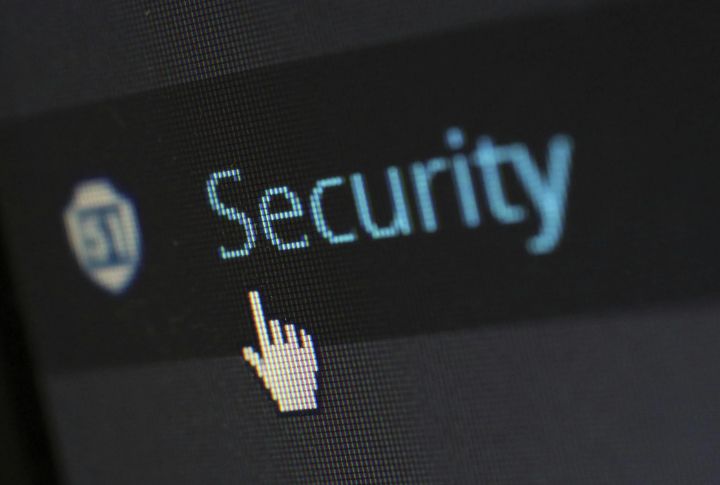
Your computer keeps logs of recent system activity, sometimes revealing unauthorized access. By checking Windows Event Viewer or Mac Console, you can find time-stamped events that expose suspicious behavior. If patterns of unauthorized access appear, further investigation is necessary.

